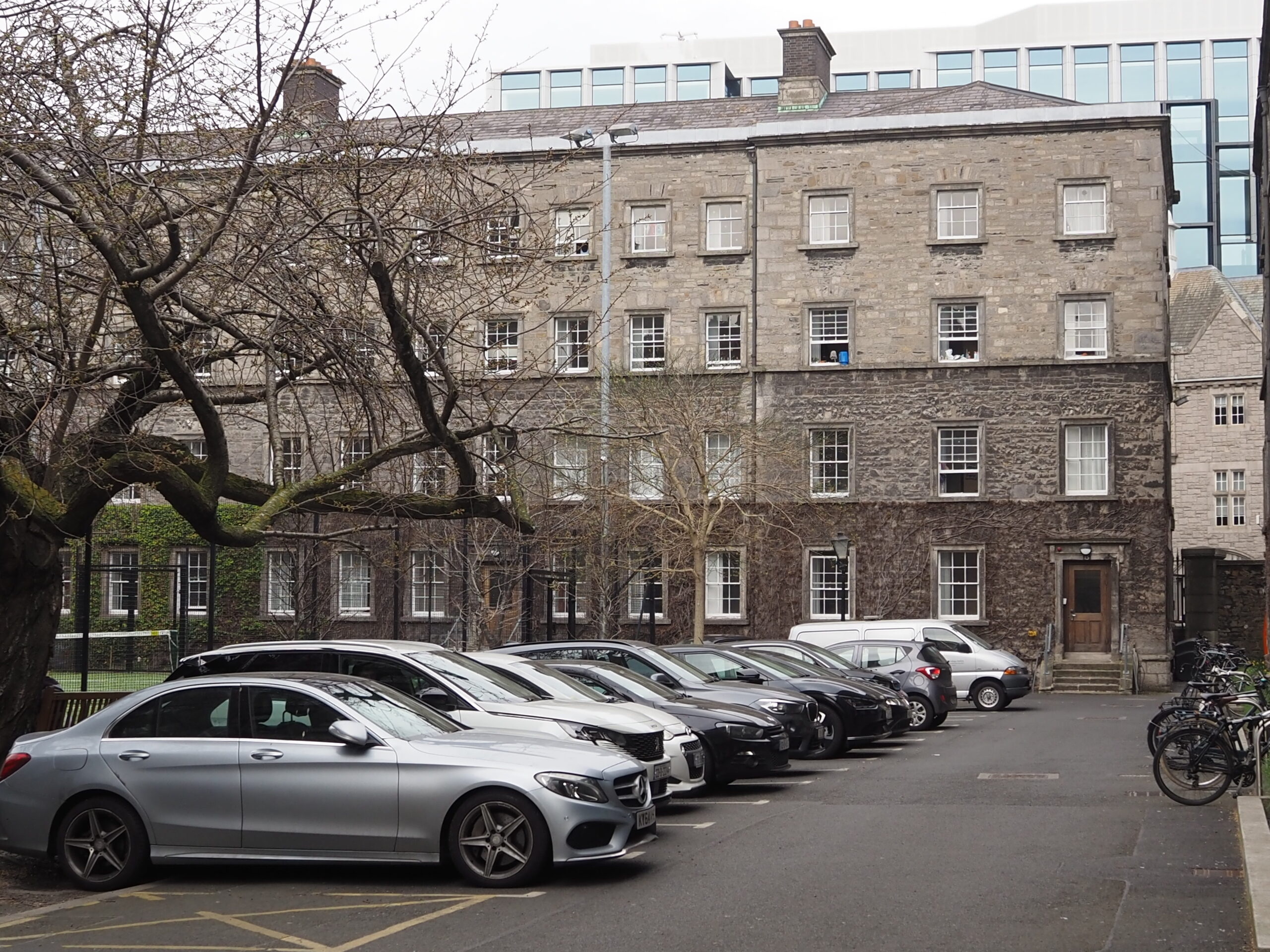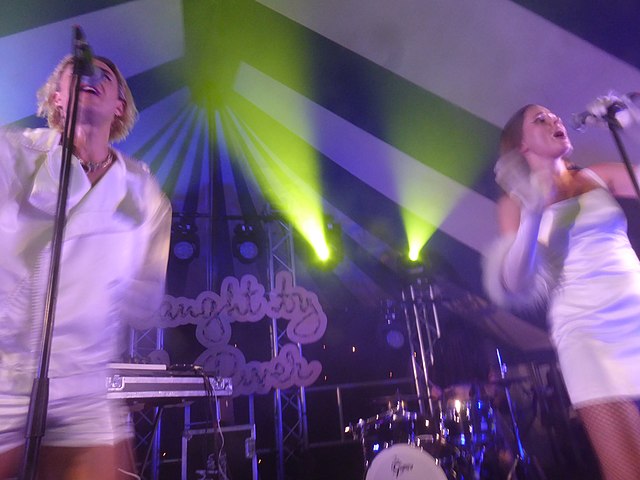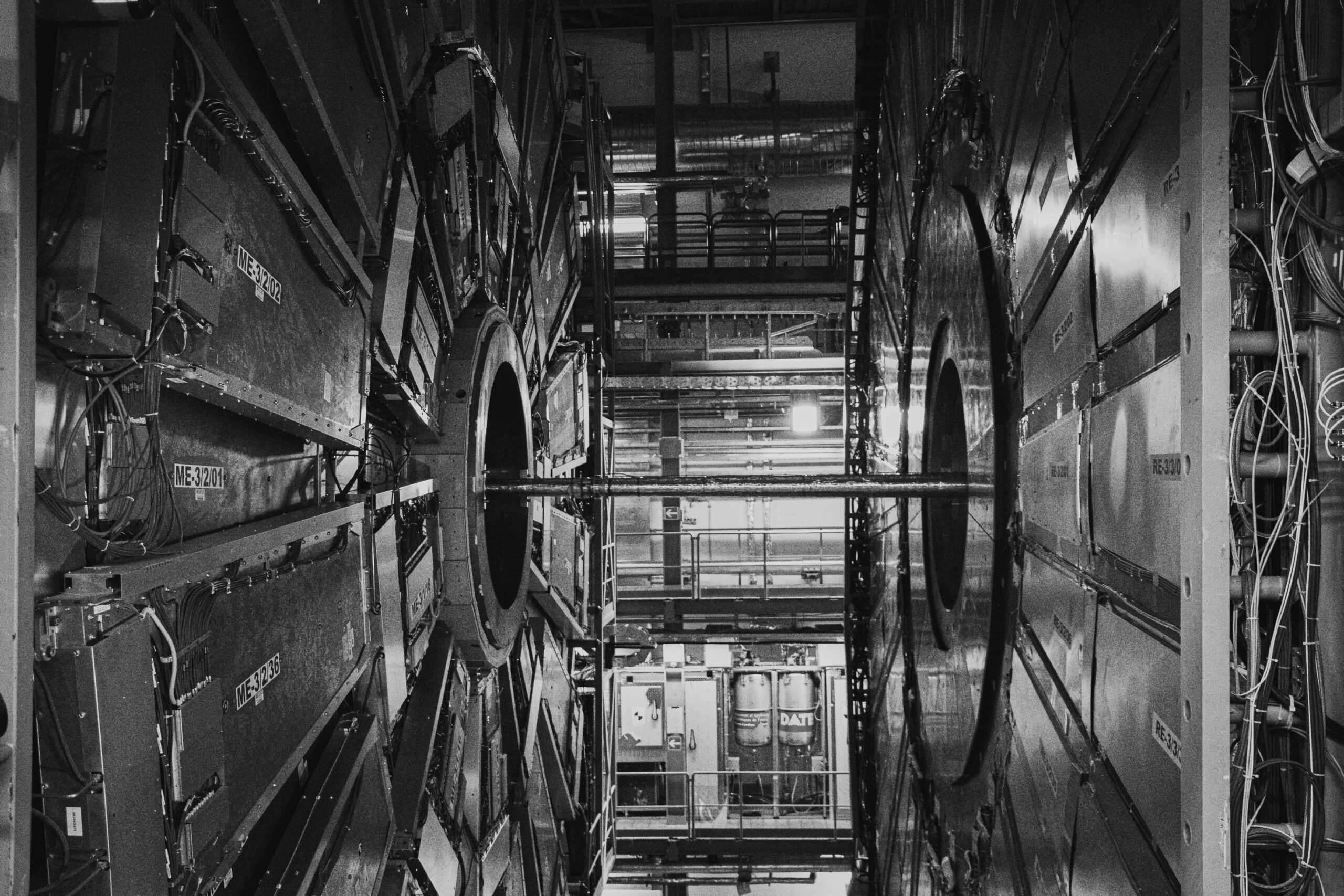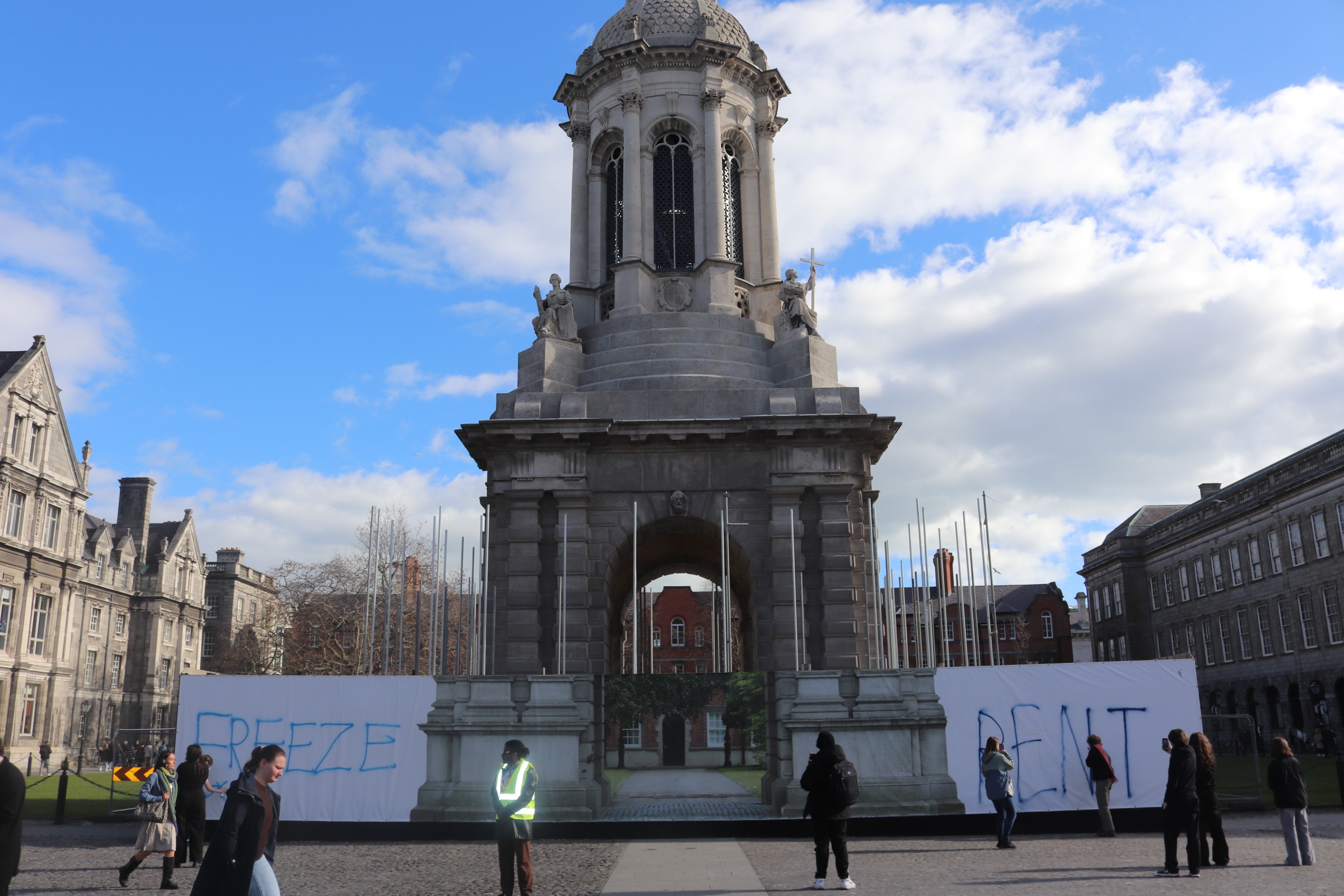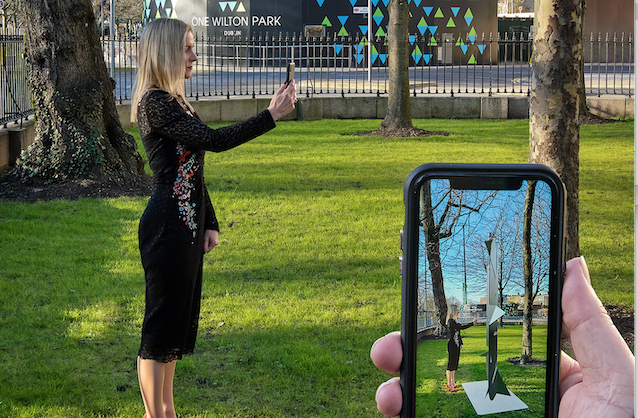
Irish sculptor and member of the Royal Hibernian Academy (RHA) Eilis O’Connell has taken her work into the virtual realm with her exhibition “Six Works – Augmented Reality” on display in Dublin 2.
O’Connell is perhaps best known around Trinity as the artist behind the stacked ball sculpture outside the Fitzgerald building entitled “Apples & Atoms”. Her most recent project, however, is the curation of six sculptures for viewing in real-time, in real-life, from your own smartphone. “Six Works – Augmented Reality” is an innovative adaptation to the restrictions that the pandemic has placed upon museum and gallery life.
The way this exhibition works is unlike anything seen before in Dublin. A joint initiative between IPUT Real Estate and the RHA, it is not the virtual gallery space we have become accustomed to during the past year, nor is it merely a series of sculptures placed outdoors for safe viewing.
Scattered around Wilton Park, a green space at the edge of the canal in Dublin 2, are numerous QR codes for the exhibition viewer to scan using their smartphone. To view the sculptures, all you have to do is download the free WPAR (Wilton Park Augmented Reality) app in order to scan the QR codes and view the sculptures on your screen. The works are presented using augmented reality, meaning that real-life surroundings as seen through a smartphone camera are fused together with a virtual, 3D sculpture that adapts to your position.
When you arrive at the gate, you are greeted by a coffee stand serving all your favourite caffeinated treats as well as a signpost displaying a map which directs you to each of the QR code locations. If the weather is nice, you may find yourself weaving through a maze of people sunning themselves in deck chairs provided by the park as you embark on what is essentially a digitised, artistic scavenger hunt that is strikingly reminiscent of Pokemon Go.
The six sculptures are curated by RHA director Patrick T. Murphy from O’Connell’s extensive catalogue spanning the breadth of her career, in real-life locations from London to Cork. Four of the six pieces are inspired by the metalwork of Eileen Grey, pioneering Irish architect and designer of the 1920s. These works evoke Grey’s use of panelling as room dividers. The use of augmented reality is particularly impressive with this series, as even the stylistic gaps in the structures account for your real-life surroundings.
Other highlights include “Circuit”, a winding sculpture that quite literally encircles and immerses the viewer in its folds when explored through your phone. Originally designed to replicate the texture of a birch tree, some of this textural intention is lost in the virtual experience, a problem that the smoother, metallic sculptures do not face. Nonetheless, “Circuit” is a fun introduction to the exhibition and the massive spiraling lines leave the observer eager for more.
Viewing O’Connell’s work is enjoyable in any setting, but what sets “Six Works” apart from other exhibitions, both in-person and online, is the overall viewer experience. Although it can be completed in 10 to 15 minutes, strolling around in search of QR codes and scanning them to discover what sculpture lies behind it is undoubtedly thrilling. The hunt for QR codes adds to an immersive, interactive experience that incorporates much more than merely admiring a sculpture.
“Six Works” is a fascinating development in the fusion of art and technology. The real-life space provides the immersive experience of a gallery blended with the convenience of a virtual exhibition, whilst the use of augmented reality opens up avenues of possibility for the future. The potential for augmented reality exhibitions lies not just in regard to safe viewing amidst a pandemic, but also in terms of accessibility and wider viewership of works that may not be seen otherwise.
“Six Works – Augmented Reality” remains available for viewing at Wilton Park until April 30th 2021.

